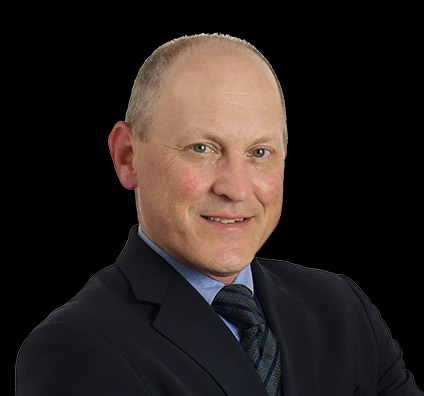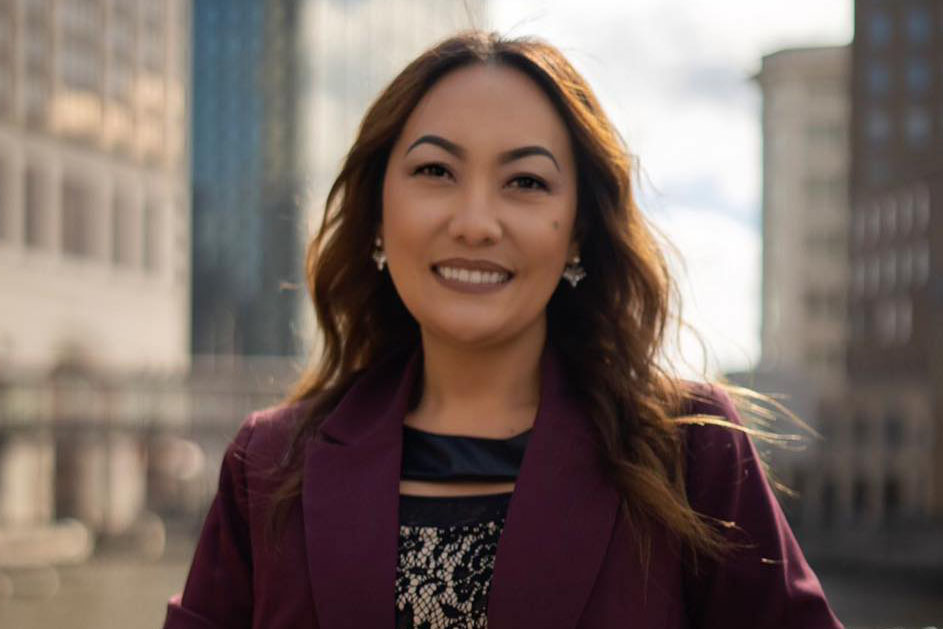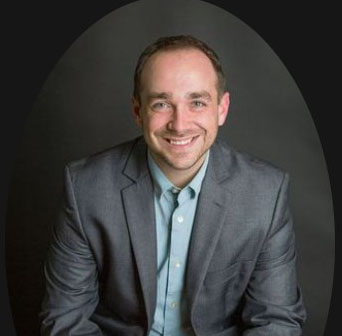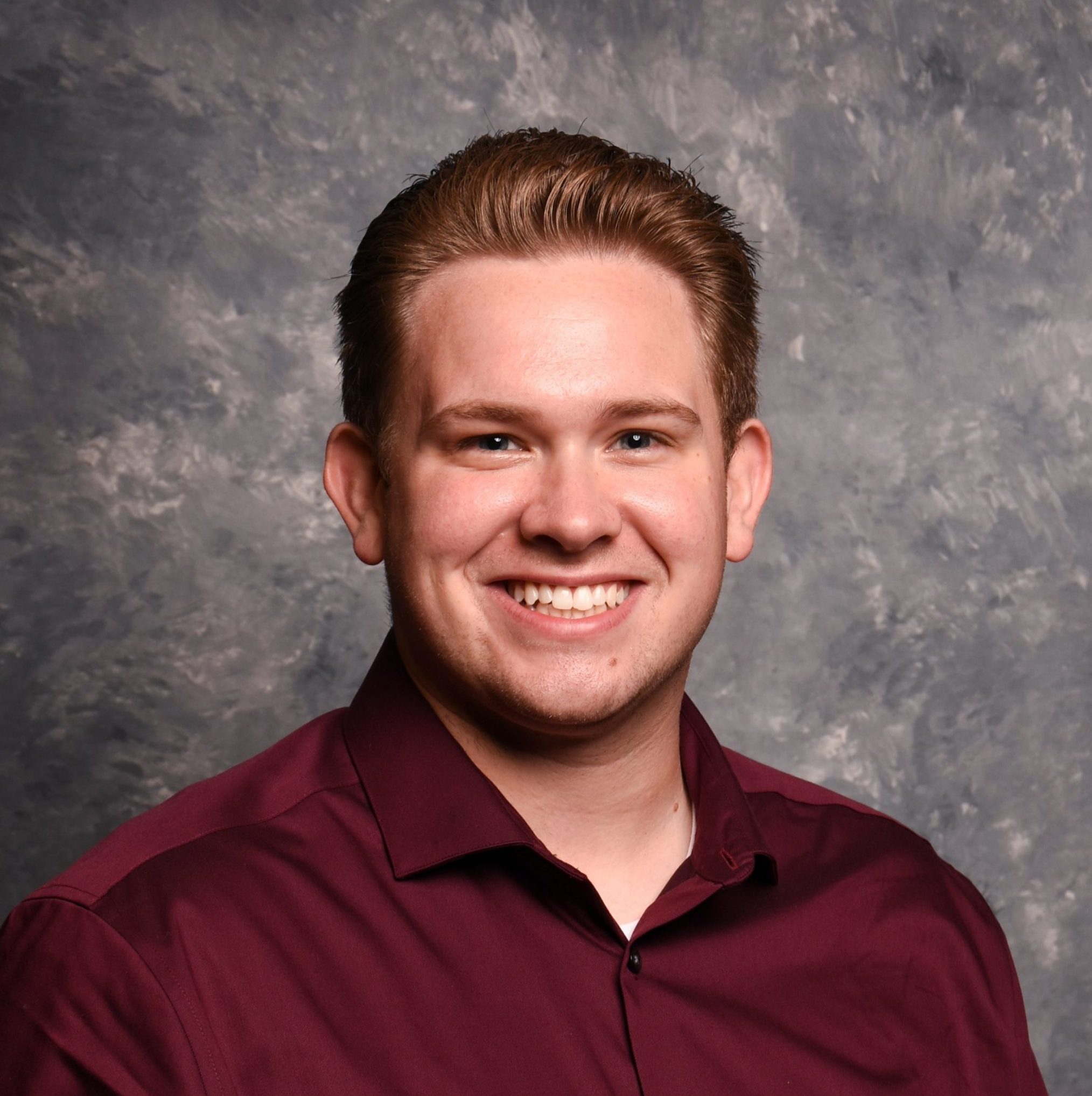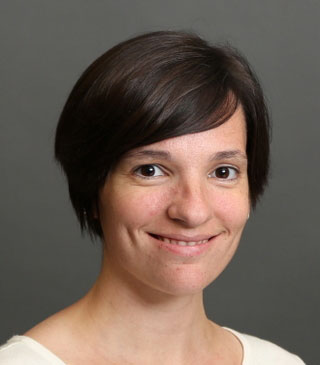Attorney-turned-entrepreneur Asay helps litigators manage cases
By: MaryBeth Matzek, Special to the Wisconsin Law Journal//June 15, 2016//
Attorney-turned-entrepreneur Asay helps litigators manage cases
By: MaryBeth Matzek, Special to the Wisconsin Law Journal//June 15, 2016//
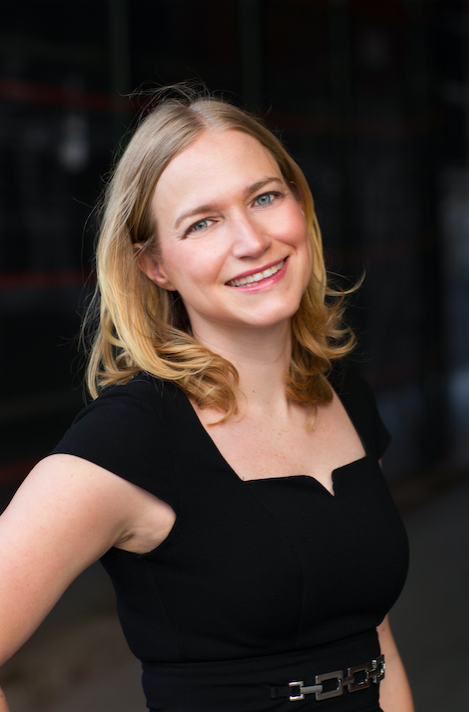
Alma Asay was looking for a way to help litigation teams get a better handle on their files and information, but wound up launching Allegory, a software designed to help litigators manage the vast amounts of information they uncover during the e-discovery process.
“At the outset I didn’t think about it as starting my own company. I saw a problem in the lack of tools designed to help lawyers practice traditional aspects of litigation,” she said. “It sounds naive now, but it was only over time that I realized that I was building a company, and everything that goes with it.”
While working as a litigator with Gibson Dunn & Crutcher LLP in New York City, she began talking with programmers about her ideas. From that, Allegory was born. To get the product to market, she raised money from family members, friends and an angel investor.
Allegory is a cloud-based, secure platform where litigation team members can easily share case information. Asay said it’s highly mobile and can be accessed from anywhere, including mobile devices. Allegory also automatically creates binders and court-ready exhibits utilizing the case information, so litigation teams can focus on winning the case, she added.
Before Allegory was developed, Asay said litigation teams combined Excel and shared drives to manage and share information and knowledge. She kept looking for better ways before developing the software.
“It’s specially designed for litigators who want to succeed in their cases and deliver the best possible services to their clients,” Asay said.
Asay used her own personal experience as a litigator to develop the software. She handled complex litigation cases at Gibson Dunn focusing on the entertainment industry since it sounded “exciting,” but that “the amazing team at Gibson Dunn and the complexity of the cases, which I saw as big puzzles to solve, rather than the ‘entertainment’ aspect, ultimately fascinated me and kept me engaged.”
Asay worked on several high-profile cases, including successfully defending IAC/InterActiveCorp in a trade secrets misappropriation action and preliminarily enjoined The Weinstein Co. on behalf of NBC Universal to preserve NBCU’s rights to “Project Runway.”
After leaving Gibson Dunn, Cablevision and AMC Networks hired Asay to serve as co-counsel in their ongoing case against DISH Network. Four weeks into the trial, the case settled with DISH Network agreeing to pay the plaintiffs $700 million and granting favorable affiliation deals to AMC’s television channels.
“I loved diving into the facts and building a case. When many associates were grumbling about document review, I was trying to capture every key date and event in my mind and then map out how they all related in the context of our case,” she said. “Knowing the facts inside and out often made me the most knowledgeable person in the room and opened a lot of opportunities for me early on.”
Wisconsin Law Journal: What makes your work important to you?
Alma Asay: Both as a lawyer and now with my own company, my team and our clients are what make my work important to me. I want to see them all succeed and I never want to let anyone down.
WLJ: Who is your hero in the legal field?
Asay: Corey Barnes. He was a temp on my first case at Gibson Dunn and worked so hard that, ultimately, the firm hired him full-time as a paralegal. He works harder than anyone I know and is beloved by everyone at Gibson Dunn. He regularly accomplished the impossible to rescue our team on every case I worked on with him. When my company grew busy enough for our first non-tech hire, Corey took a huge leap of faith to join me and become my initial right hand at Allegory.
WLJ: What do you do outside of work to deal with stress from the office?
Asay: I’m lucky to no longer work in an office most days. My computer and mobile Internet enable me to create an office wherever I am. Outside of work, I love to be outdoors. Whether it’s as simple as the sun hitting my face or as big as traveling to a far-off destination and volunteering with wildlife, spending time outdoors immediately puts any stress in perspective.
WLJ: What’s one thing many people get wrong about what you do?
Asay: People often think that being an entrepreneur is all excitement. There are definitely exhilarating aspects to running a start-up, and there are days when I want to tell the whole world something exciting that happened, but it’s still a job that I take seriously and there are other times when I don’t have anything new to share, just like everyone else.
WLJ: What’s your favorite memory from law school?
Asay: The Northeast blackout of 2003 occurred just before I entered my second year of law school. I was sitting in the library doing research when everything went out. Later that night, I loved how surreal it was walking around the city in pitch black (before people had smartphones) and then spending the night with friends playing Monopoly in the hallway of our dorm, which was the only spot with emergency lighting.
WLJ: Is there a certain case that stands out to you?
Asay: My last case representing Cablevision and AMC Networks against DISH Networks was a very complex case with many twists and turns. We were hired after the clients already lost a preliminary injunction motion, but we turned the case around, culminating in a four-week trial that ended with a huge settlement for our client. Along the way, we won sanctions against DISH for spoliation of evidence and, on appeal to the Appellate Division, set the standard for pre-litigation spoliation of evidence in New York State.
Legal News
- FTC bans non-competes
- Gov. Evers seeks applicants for Dane County Circuit Court
- Milwaukee man charged in dismemberment death pleads not guilty
- Democratic-led states lead ban on the book ban
- UW Madison Professor: America’s child care crisis is holding back moms without college degrees
- History made in Trump New York trial opening statements
- Prosecutor won’t bring charges against Wisconsin lawmaker over fundraising scheme
- Republican Wisconsin Senate candidate says he doesn’t oppose elderly people voting
- Vice President Harris to reveal final rules mandating minimum standards for nursing home staffing
- Election workers fear threats to their safety as November nears
- Former law enforcement praise state’s response brief in Steven Avery case
- Eric Toney announces re-election bid for Fond du Lac County District Attorney
WLJ People
- Power 30 Personal Injury Attorneys – Russell Nicolet
- Power 30 Personal Injury Attorneys – Benjamin Nicolet
- Power 30 Personal Injury Attorneys – Dustin T. Woehl
- Power 30 Personal Injury Attorneys – Katherine Metzger
- Power 30 Personal Injury Attorneys – Joseph Ryan
- Power 30 Personal Injury Attorneys – James M. Ryan
- Power 30 Personal Injury Attorneys – Dana Wachs
- Power 30 Personal Injury Attorneys – Mark L. Thomsen
- Power 30 Personal Injury Attorneys – Matthew Lein
- Power 30 Personal Injury Attorneys – Jeffrey A. Pitman
- Power 30 Personal Injury Attorneys – William Pemberton
- Power 30 Personal Injury Attorneys – Howard S. Sicula





